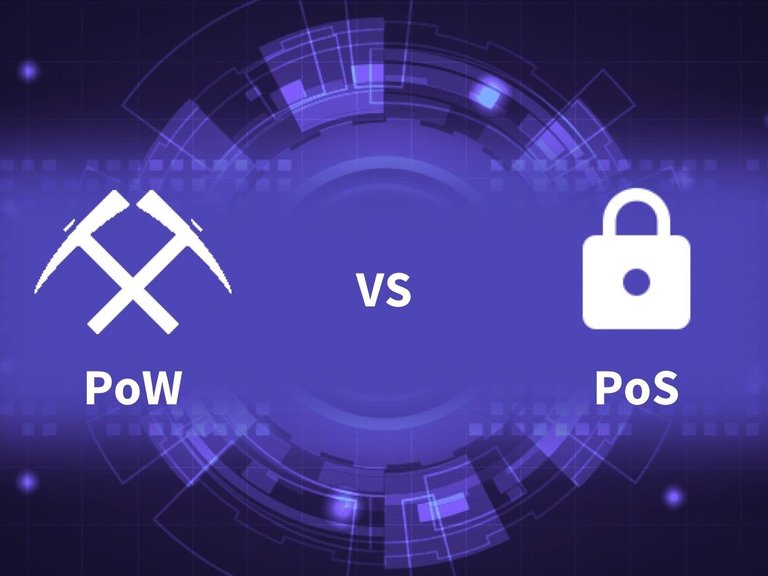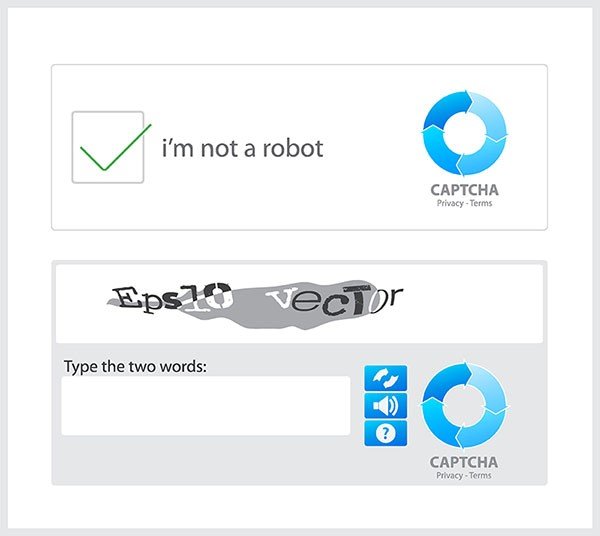
The article provides basic understandings about PoW and PoS, and how blockchain will become in the future.
With tae appearance of Ethereum in 2014, Vitalik Buterin became the pioneer to spread out the word cryptocurrency all over the world. Brilliant solution from smart contract of this blockchain has brought the light to ICO era and development of decentrallized application or Dapps.
Recently, it is reported that Ethereum has “evolved” to a new level with Casper hardfork which applies Proof of Stake (PoS), instead of Proof of Work (PoW), for transaction process. The question is what is PoS and PoW to be exact, whether Casper update is as friendly as Casper the Ghost or it’s just a boast.
What is PoW
PoW is well known through Satoshi Nakamoto; however, this notion was first introduced by two scientists Cynthia Dwork and Moni Naor in 1993; and appeared in the work of a security researcher named Markus Jakobsson.
To be simple, PoW is a solution to avoid denial of service attacks which make your system or server overloaded with invalid requests. In PoW scheme, computers must pass the entrance tests which is hard enough (but feasible) to identify malicious access, but easy for the server providers to check. It’s somehow similar to CAPTCHA for human test, but PoW is for computers.

PoW in blockchain
Satoshi Nakamoto’s intention with blockchain was to create a decentralized consensus system without trust. PoW was the answer for trust issue.
In traditional transaction, we need third parties play as a trust credit to make sure no fraud happen, for instance banks and other financial institutions.
For example, A want to transfer money to B, transaction will be processed through bank C. C will record a deduction in A account and an increase in B account. Both A and B have to trust that C will do the right things without fail.
We cannot make sure 100% that C will not fake the data for any illicit purposes. Therefore, instead of depending one a third party for examine the transaction, we should think about self-verification in a decentralized platform where everyone can check transaction history. However, in an open-source system, it’s easy to insert fake data into the network. We cannot trust what we saw on the system.
How can blockchain deal with this drawback?
(to be continued)
Analysis article from nami.today
https://nami.today/blockchain/proof-of-work-vs-proof-of-stake-p1-10.html
People have it that to transfer from PoW to PoS, hybrid perios is necessary. Miners need to be discouraged gradually from mining on the old one.
That could happen in the next 3 months
Such an amazing article!!